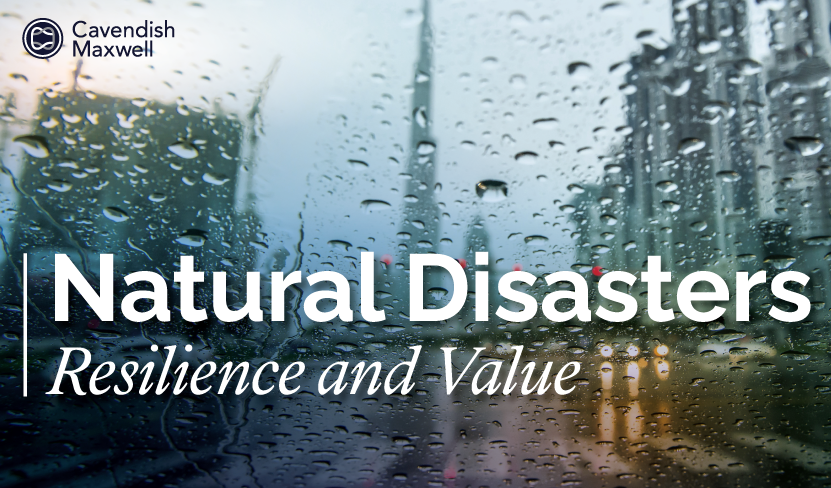New York City maintains air quality advisory due to ongoing smoke from Canadian wildfires.
An Air Quality Health Advisory is currently in effect for the majority of New York State, including all of New York City, due to persistent smoke from Canadian wildfires. This situation has resulted in diminished visibility and raised significant health concerns for residents across the region.
The New York City Department of Health and Mental Hygiene has issued a warning emphasizing that young children, older adults, and individuals with heart or respiratory conditions should refrain from engaging in strenuous or prolonged outdoor activities. This advisory is a response to the accumulation of fine particulate matter (PM2.5), which poses serious health risks.
Governor Kathy Hochul initially declared that the advisory for PM2.5 would remain operative until 11:59 p.m. on Monday for various regions, including the New York City Metro area, the Hudson Valley, the Adirondacks, and parts of Central and Western New York. This alert was subsequently extended through midnight on Tuesday, highlighting ongoing concerns about air quality.
PM2.5 refers to inhalable particles that measure 2.5 micrometers or smaller—elements such as dust, dirt, soot, and smoke—which can penetrate deep into the lungs and cause a range of health issues. Additionally, ozone alerts were issued for areas including New York City and Long Island, contributing to the complexity of the air quality landscape.
Data from recent air quality measurements indicate that PM2.5 levels in the New York City region reached 123, categorized as “unhealthy for sensitive groups” on the Air Quality Index (AQI). An AQI score above 100 is particularly concerning for vulnerable populations, while levels exceeding 150 are deemed unhealthy for the general public.
The smoke wafting into New York State is a result of wildfire activity in Canada, which has triggered multiple advisories across northeastern states throughout the summer. Although current conditions are not as extreme as those experienced during the unprecedented smoke wave in June 2023, health officials caution that prolonged exposure to elevated pollution remains a significant threat, particularly for sensitive groups including children, elderly individuals, pregnant women, and those with pre-existing health conditions.
This year’s wildfire season in Canada is reportedly the second worst on record, with nearly 4,000 fires documented already. The persistence of these fires underscores the ongoing environmental challenges posed by changing climate conditions. As the situation develops, New Yorkers are advised to remain vigilant and take necessary precautions to protect their health amid this air quality crisis.
For more information on how to stay safe during such advisories, residents are encouraged to consult the recommendations from state health and environmental agencies.







